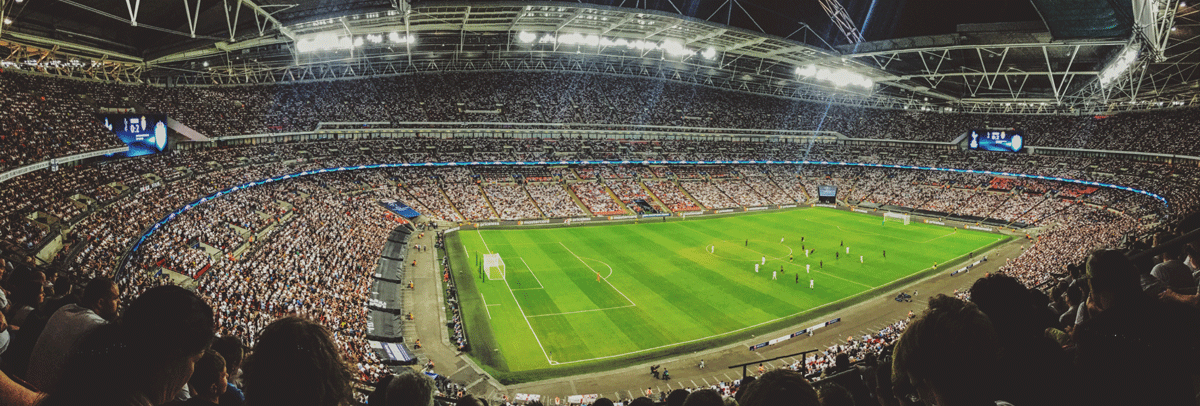The World Cup is capturing our attention these days, but the special link between plastics and football also deserve our recognition. When it comes to football, plastics can be found everywhere: on the pitch, in the ball, the shirts and the stadiums.
The Football Boot
Before 1954, men knew polyamide in the apparel industry mainly because it was used to manufacture nylon stockings. But during the rainy World Cup final in Bern, this plastic material shifted from the ladies’ legs to the football players’ boots: The German national football team played with screw-in studs made of polyamide, keeping the players steady on the slippery lawn. In contrast to the adversaries from Hungary, who used cork or leather studs. The outcome of the match is known. In the early 50-ies, football shoes looked pretty much like work boots: very clumsy, brown, made of leather, and with nailed studs. Telstar 18 is the new ball for the World Cup this year, being a technologically advanced successor of the ball with the same name used in the 1970 WC. It contains six panels and a slick black-and-white model representing the Russian cityscapes. The ball is water-resistant and doesn’t has any stiches, thus providing an excellent flying capacity.

Photo: ©Adidas
The Stadiums of the World Cup
In 1930, Uruguay hosted the first Football World Cup. All matches of this championship took place in Montevideo. Built on the occasion of the world championship and completed late, the Estadio Centenario featured two characteristics: it was the continent’s largest stadium at the time, accommodating 100,000 spectators, and a pure football stadium without a running track around. However, it was a purely functional building, as there was general consent that sports buildings should result solely from their function. Design did not play any role yet – and would not either for a very long time to come. The crown jewel for the World Cup in Russia is represented by the Luzhniki stadium located in Moscow. The stadium can hold up to 81.000 people; it will therefore host the grand final of the tournament. Other spectacular stadiums for the 2018 World Cup in Russia are the newly rebuilt 68.000-seat Petrovsky stadium in Saint Petersburg, and the arena in Ekaterinburg with its unsheltered temporary stand, which will be demolished after the event. Plastics are becoming more and more the material of choice here. This particularly applies to the roof structures. Today, they are not only aesthetically and architecturally excellent, but also extremely functional thanks to plastics. Furthermore, the final in Moscow will be played for the first time in history on a pitch made up of grass and plastics. The new grass transformation consists of 95 per cent natural turf strengthen with plastic.
Packaging: do more with less
Today, plastics packaging is an important and integral part of our daily life. Even during the tournament, it is playing an important role, as hundreds of thousands of supporters need to be supplied with food and drinks. Plastics packaging ensures easy handling, provides clear product identification and labelling, can be easily opened, used, and closed again. A plastic bottle, for example, is unbreakable and safe – and thanks to tamper proof seals, the supporter is able to quickly see whether the bottle has already been opened. Plastics packaging is not only practical; it also provides products with an indispensable protection. In developing countries, up to 50 percent of food perishes after the harvest, during transport and while being processed. Indeed, on top of being functional, plastics also contribute to reducing food waste. For the World Cup in Russia, an efficient waste management system was established by FIFA and Russia. This system is specifically organized and introduces segregated waste collection, the negative impact from the Competitions being minimized by separating secondary material resources from the overall volume of solid municipal waste (SMW) and sending useful components for recycling, thus reducing significantly on the volume of waste sent to landfill and incineration.








